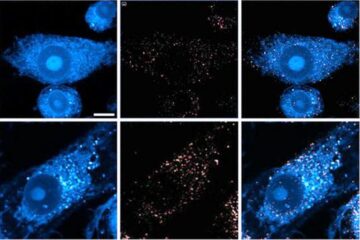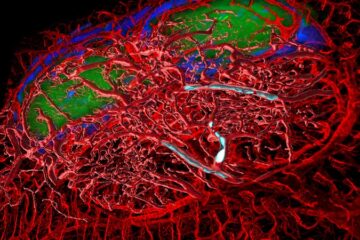Daresbury studies show new body armour can benefit from nanotechnology

Current body armour relies on a stiff and relatively heavy layer of ceramic material to absorb ballistic impact. This makes body armour heavy and unwieldy.
The Daresbury team, together with researchers from Tuskegee and Florida Atlantic universities in the USA, are evaluating new nanocomposite materials which can be woven into fabrics to provide greater flexibility as well as better ballistic protection. They have found that incorporating spherical nanoparticles of silicon or titanium dioxide or carbon nanotubes in a plastic or epoxy matrix offers improved ballistic resistance together with greatly improved flexibility.
Daresbury Laboratory’s role has been to investigate ways to make the new materials as strong as possible. The manufacturing process used to make the new body armour can introduce impurities which limit the amount of nanoparticles that can be incorporated and so reduce its effectiveness.
Dr Vin Dhanak said, “We’re using the synchrotron light source, or SRS, and the photoelectron spectrometer at the National Centre for electron spectroscopy and surface analysis, both based at Daresbury. These world-leading instruments let us analyse how the nanoparticles bond with the matrix materials in which they’re embedded. This will help improve the manufacturing process to eliminate impurities and make the materials stronger.”
Media Contact
More Information:
http://www.dl.ac.ukAll latest news from the category: Physics and Astronomy
This area deals with the fundamental laws and building blocks of nature and how they interact, the properties and the behavior of matter, and research into space and time and their structures.
innovations-report provides in-depth reports and articles on subjects such as astrophysics, laser technologies, nuclear, quantum, particle and solid-state physics, nanotechnologies, planetary research and findings (Mars, Venus) and developments related to the Hubble Telescope.
Newest articles

Zap Energy achieves 37-million-degree temperatures in a compact device
New publication reports record electron temperatures for a small-scale, sheared-flow-stabilized Z-pinch fusion device. In the nine decades since humans first produced fusion reactions, only a few fusion technologies have demonstrated…

Innovative microscopy demystifies metabolism of Alzheimer’s
Researchers at UC San Diego have deployed state-of-the art imaging techniques to discover the metabolism driving Alzheimer’s disease; results suggest new treatment strategies. Alzheimer’s disease causes significant problems with memory,…

A cause of immunodeficiency identified
After stroke and heart attack: Every year, between 250,000 and 300,000 people in Germany suffer from a stroke or heart attack. These patients suffer immune disturbances and are very frequently…





















